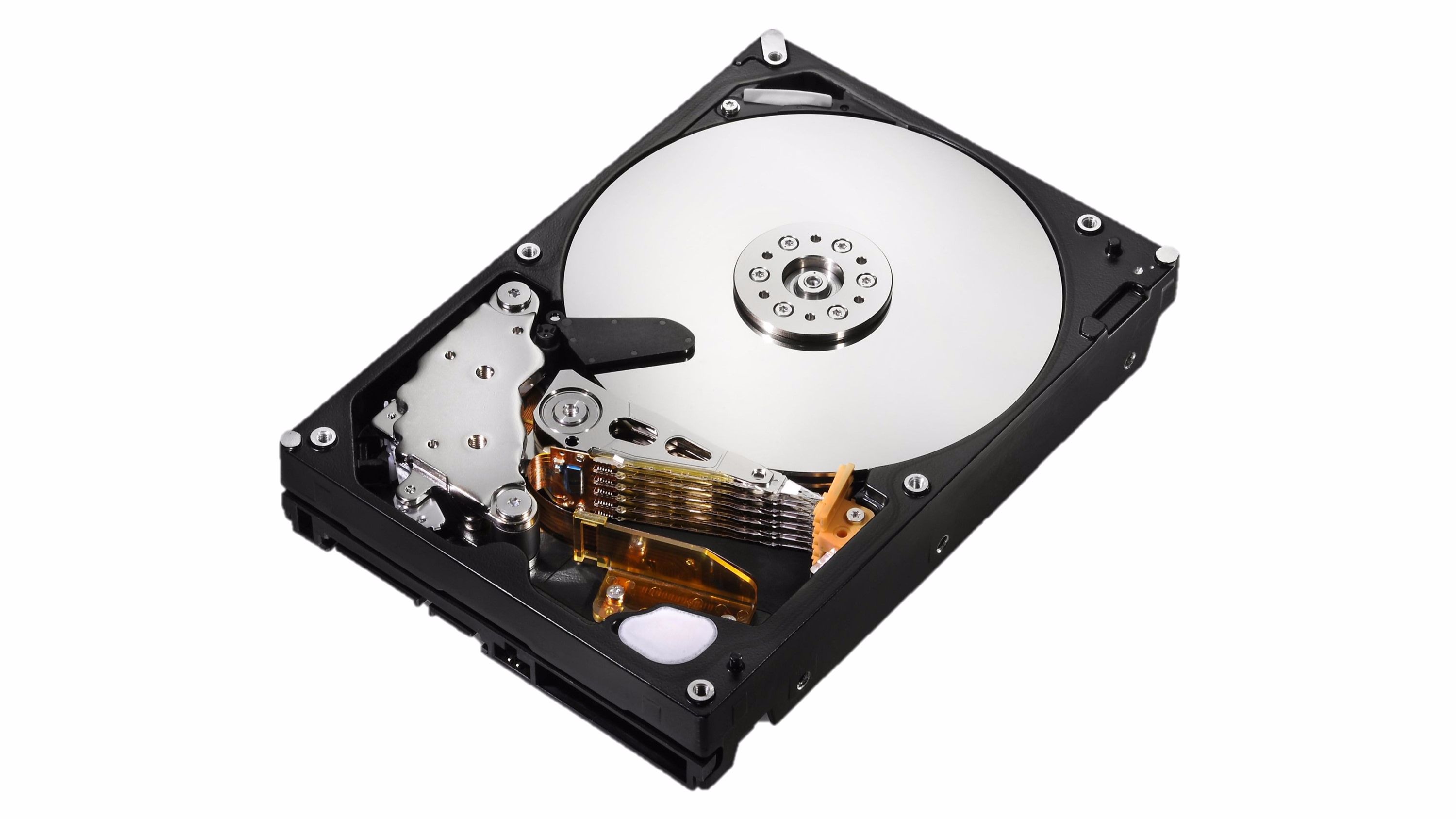
The company now manages a total of 162,530 data drives. As a result, the lifetime annualized failure rate for the Toshiba 14 TB drives has decreased to a very respectable 0.78%. If so, we would expect to see a spike in Backblaze's SSD failure rates in the later quarters of 2021 and continuing for the next several years. This review looks at the Q2 2019 and lifetime hard drive failure rates of the data drive models The company operates drives of various capacities and ages from Seagate, Toshiba, HGST, and WDC monitoring each models annualized failure rate (AFR).

Compared to 2017, hard drive failure rates. BackBlaze just reported its annual failure rate for 34,881 drives that house 100 petabytes of data (that's 100,000,000 gigabytes). Backblaze has used both solid-state and hard disk drives in its servers since 2018, which made it an excellent candidate for these tests. Backblaze found that the drive model exhibiting the lowest failure rate was a 6TB Seagate drive (model ST6000DX000), with an annualised failure rate (AFR) of just 0.11 per cent.

Digging even further, Backblaze was able to show that only one drive model - the Seagate ST31500541AS 1.5 TB drive - shows an increase in failure rate as temperatures rise.
Backblaze hard drive reliability 2017 update#
Backblaze is back again with a new update on its hard drive and SSD failure rates for the 3rd quarter of 2021.As of September 30th, 2021, the company had 194,749 drives spread across four data. The most reliable drive operated by Backblaze remains the 6 TB Seagate ST6000DX000 with an AFR of just 0.11% while having an average age of 80.4 months.

Backblaze added 4,403 hard drives to its lifetime HDD reliability chart and reported an increase in their annualized failure rate, which now stands at 1.73 percent as compared to 1.70.


 0 kommentar(er)
0 kommentar(er)
